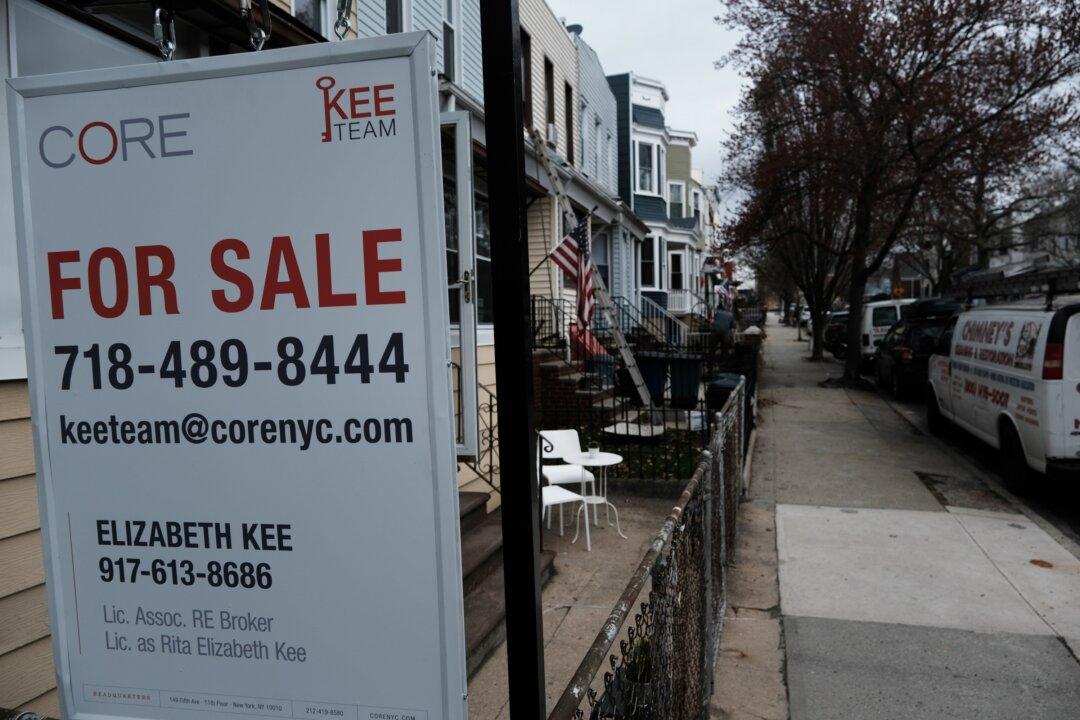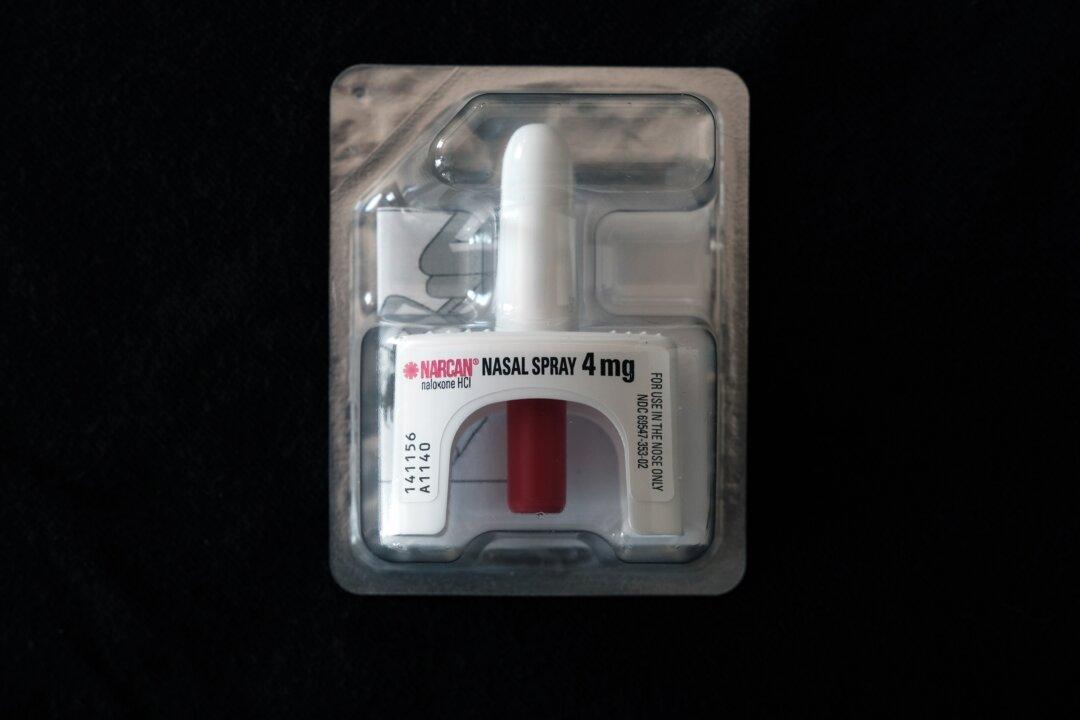New York Gov. Kathy Hochul has announced that the state is seeking more federal funding for its Emergency Rental Assistance Program (ERAP), a drastic turnaround given that state officials were concerned about the program’s operation just a couple months ago.
In a news release late last week tied to another COVID-19 measure, Hochul said that the state has allocated funds or issued payments totaling $1.8 billion as of Sept. 30 to cover rent and utility payments for tenants who either lost their job, suffered a pay cut or experienced financial hardship because of the pandemic.





